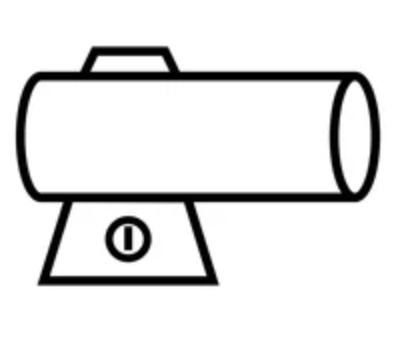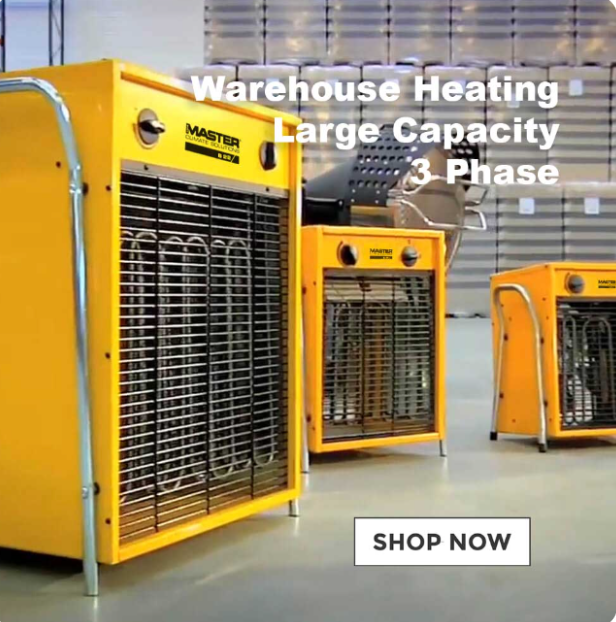Understanding power output for space heaters is crucial for choosing the right model for your space.
Higher power output, such as 2kW or 3kW, generates more heat, making these heaters suitable for larger rooms, but they will also consume more energy. On the other hand, lower wattage heaters, like 1kW models, are more energy-efficient but may take longer to warm up larger spaces effectively. As the wattage increases, the heater’s ability to quickly raise the temperature improves, but this comes with higher running costs.
Selecting the right power output ensures a balance between efficient heating and energy consumption, tailored to the size and needs of the room.



















